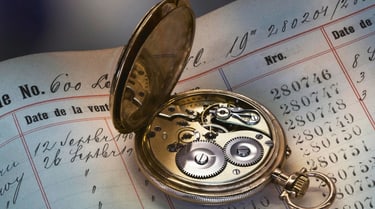Collectors’ forum

Collectors’ forum
Would you like to discuss the latest models and old IWC watches, how they function, their history or how they were constructed? Sign in to participate in the collectors’ forum. Here you can also view exclusive content such as articles and interviews.
Please read about the Terms and Conditions of the IWC Forum.